Thank You, D&D
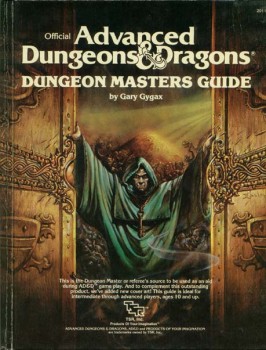 A recent entry over at Joe Abercrombie’s blog about his encounter with a neighbor boy who hadn’t even heard of D&D got me reflecting on many of the things Abercrombie himself covers in his post. He and I are about the same age, and belong to a pre-internet, pre-500 cable channels, pre-iPhone generation that entertained ourselves around the wood stoves of our drafty log cabins with shadow puppets and recitations of railway time tables. But something happened to transform our sepia-toned youth into an exciting time of monster-slaying, dungeon-crawling, infinite gold-carrying, NPC-bullying, and rules-lawyring adventure — and that something was Dungeons & Dragons.
A recent entry over at Joe Abercrombie’s blog about his encounter with a neighbor boy who hadn’t even heard of D&D got me reflecting on many of the things Abercrombie himself covers in his post. He and I are about the same age, and belong to a pre-internet, pre-500 cable channels, pre-iPhone generation that entertained ourselves around the wood stoves of our drafty log cabins with shadow puppets and recitations of railway time tables. But something happened to transform our sepia-toned youth into an exciting time of monster-slaying, dungeon-crawling, infinite gold-carrying, NPC-bullying, and rules-lawyring adventure — and that something was Dungeons & Dragons.
Of course, let’s get something straight, there was Dungeons & Dragons, and there was Advanced Dungeons & Dragons, and my activities were limited solely to the later. And, hey, I was a snob about it. I mean, in D&D elves and dwarves were considered a class? All the cool kids where into AD&D — though for the purposes of this entry, and since the distinction no longer has any meaning, anyway, I’ll just lump them both together as D&D.
I say ‘cool kids,’ but that wasn’t the case. Cool kids played flag football in their spare time, rebuilt carburetors, and rode their Schwinns to rendezvous with married women in their thirties whose husbands were out of town. Actually, I have no idea what the cool kids did, preferring as I did the company of dorks, misfits, and other geekly types such as myself, and I suppose if I ever imagined what they were up to it would veer widely between the poles of pathetically banal and enviably adult. Me, I drew dungeons on graph paper.

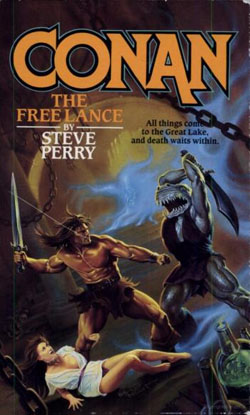
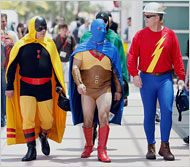 Courtesy of The New York Times comes this report of
Courtesy of The New York Times comes this report of 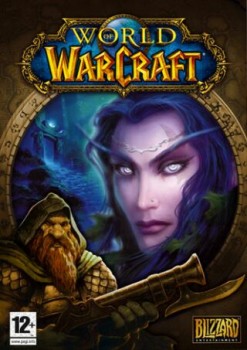 Come with me, if you will, to a magical, improbable land. A land where ideas and craft outweigh brand recognition and marketing potential, where films are the visions of writers and directors rather than of moneyed committees, and where the word ‘remake’ is most commonly associated with smoothing the bedsheets after a midday nap. It’s a place perhaps more fantastic than worlds of warring orcs and elves, since at least the orcs and elves are behaving according to their nature.
Come with me, if you will, to a magical, improbable land. A land where ideas and craft outweigh brand recognition and marketing potential, where films are the visions of writers and directors rather than of moneyed committees, and where the word ‘remake’ is most commonly associated with smoothing the bedsheets after a midday nap. It’s a place perhaps more fantastic than worlds of warring orcs and elves, since at least the orcs and elves are behaving according to their nature.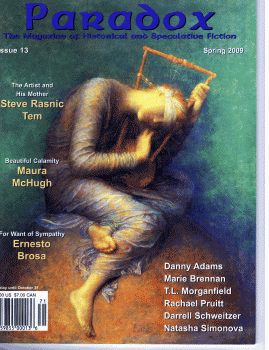 It’s nothing new to hear that yet another print publication has gone the way of the dinosaurs. Still, for those of us who retain affection for inked dead trees, it’s always a cheerless day to learn of yet another comet strike.
It’s nothing new to hear that yet another print publication has gone the way of the dinosaurs. Still, for those of us who retain affection for inked dead trees, it’s always a cheerless day to learn of yet another comet strike. Charles Saunders has posted a terrific short story over at
Charles Saunders has posted a terrific short story over at 
